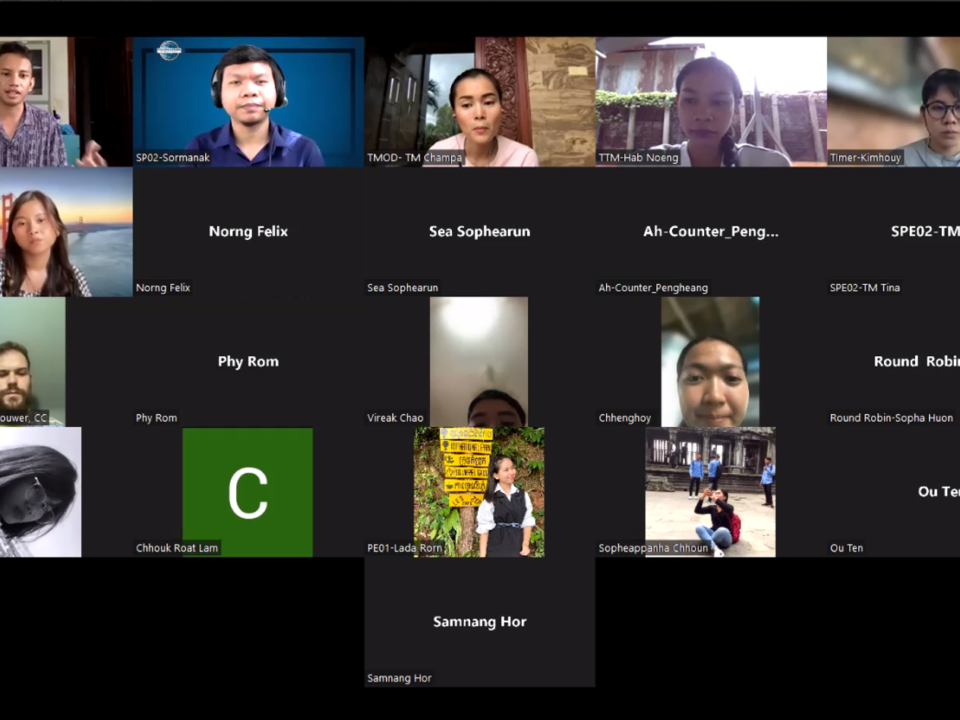Trip to America
August 16, 2011Failing: A story of forgetting our own lessons
August 25, 2011Choosing chilies over chalkboards: A lesson about the power of incentives
by Greg Carlson

How to best incorporate agricultural projects into school income generating plans can be a complex issue
Photo Credit: delphaber
Even the most innovative business ideas can have surprising and unintended results. We came across such a predicament while researching the potential feasibility of income-generating ideas around Siem Reap. One primary school just outside of Siem Reap decided to grow and sell chilies to support and fund school activities. The chili farm far exceeded expectations of profitability, scale, and sustainability in just two years’ time. The school developed a reputation for good quality chilies, and restaurant wholesalers were starting to visit the school to buy chilies in bulk. Money was flowing in and school projects once thought to be financially unrealistic were now being implemented and funded internally. It appeared to be the perfect case study on how to successfully implement a school income-generating project… until you dug a little deeper. What seemed to be a workable plan fell prey to an important and sometimes tricky component of any business: financial incentives.
Incentives can motivate us to work harder and produce a higher quality product. Everyone involved in the chili farm project was highly incentivized to see the project grow and be profitable. The children who worked the farm received a small amount of money for their labor. The teachers of the students were paid based on student output. The principal was paid based on teacher output. The remaining profits were funneled into school projects. The incentive system motivated everyone at the school to maximize profit through a high output of chilies.
Unfortunately, this system resulted in several unintended consequences. Teachers began to end classes early so that students could spend more time in the field. Lunches were cut short so that students had more time to fulfill demands of the restaurant wholesalers. While the amount paid to students was very low, this income motivated the students to pick chilies over going to school. The abundance of practically free labor and inflow of profits led to the decision to quadruple the size of the original chili plot. In many regards, picking chilies at school had taken priority over learning.
As PEPY embarks on assisting the Chanleas Dai community in implementing their own school income generating projects, learning from situations like the chili farm is invaluable. Balancing time management, the opportunity to learn new skills, and generating a profit can be tricky. Lessons like these teach us how powerful incentives are and how carefully they need to be taken into account when designing a new income-generation plan. While it’s important to support school activities financially through sustainable means, the top priority of any school should be learning.



